#Cape Agulhas
Explore tagged Tumblr posts
Text
Court Bid to Block TotalEnergies Gas Project off West Coast
Fishers in Port Nolloth are opposing TotalEnergies’ bid to explore for gas and oil off the West Coast. West Coast fishers and environmental activists have gone to court to try to stop French multinational, TotalEnergies, from exploring for oil and gas off the coast. The Aukotowa small-scale fisheries cooperative, and environmental justice organisations The Green Connection and Natural Justice,…

View On WordPress
#2024#Africa#agreement#Cape Agulhas#Cape Town#Connection#Energy#Environment#Event#Government#green#GroundUp#ONE#production#Renewable#Sea#South Africa#Stocks#Water#Western Cape
1 note
·
View note
Text
The Cape of Good Hope is not the southern tip of Africa, which is actually Cape Agulhas, about 150 kilometres (90 mi) to the east-southeast.[621]

1 note
·
View note
Text
From the archives 4
Southernmost lighthouse of the African Continent in Cape Agulhas in the Western Cape, South Africa.

View On WordPress
0 notes
Text
Arniston, Napier, Whales, and Power Outages Western Cape South Africa
Southern Right Whale Fluke – Oceanic Society I’ve been taking a breather from blog posting. The blog is my personal travel journal, and it’s primarily for future reference, since experiences and memories can become hazy over the years. Arniston Beach Path – Shutterstock I’ve visited South Africa many times, and posted about favorite places in the Western Cape. Posting requires time and focus, and…
#Aniston South Africa Beach Houses#Arniston Dutch Reform Church#Arniston Shipwreck Western Cape South Africa#Arniston South Africa#Arniston South Africa Beaches#Cape Agulhas Region#Cape Point Chacma Baboons#Cape Town#Cape Town City Centre#Chacma Baboons#Electricity Minister Kgosientsho Ramokgopa#Eskom#Eskom Energy Action Plan#Helmeted Guineafowl#Hermanus South Africa#Honey Badgers#L´Agulhas Southernmost Tip of Africa#Load Shedding South Africa#Napier Dutch Reform Church#Napier Farmstall South Africa#Napier South Africa#New Harbor Hermanus South Africa#Overberg#Power Outages South Africa#Power Outages Western Cape South Africa#South Africa#South Africa Power Struggles#South Africa President Ramaphosa#South Africa R319#Southern Right Whales
0 notes
Note
Lieutenant! Can you tell us about Cape Horn and why it was so dangerous?
Of course I would,
So let's get to the location:
Cape Horn is located at 55° 59′ south latitude and 67° 17′ west longitude. The headland is located on the rocky island of Isla Hornos (Horn Island, not to be confused with the Horn Islands in Micronesia, also discovered by Schoutens), which belongs to Chile, and is the southernmost point in the Tierra del Fuego archipelago. Like the southernmost 2,000 kilometres of South America, it lies in the cold Antarctic circumpolar current. Unlike South Africa, which is twenty degrees further north with the warm Agulhas Current, Tierra del Fuego is never reached by a warm Atlantic current (Brazil Current). Instead, the cold polar current (Falkland Current) reaches as far as the Río de la Plata in the southern summer and as far as southern Brazil in the winter, meaning that Cape Horn is under the influence of a large-scale subpolar current all year round.
The air temperature at Cape Horn is almost identical to the water temperature all year round - day and night - which is 8 °C in January and 5 °C in July. During the day, it rarely gets warmer than 12-13 °C. There are only occasional frosts in winter and it almost never snows, although it rains over 280 days a year.

With few exceptions, the wind blows from the western half of the compass rose all year round; easterly winds are very rare. However, the wind force in the sea area around the Cape tends to be lower than in the neighbouring south-east Pacific and off the Chilean coast near the Strait of Magellan, for example, where there is always one wind force more and twice as much chance of storms. Nevertheless, the wind blows almost constantly in summer (January) with at least five Beaufort, but only once a month with more than seven Beaufort, and once a week to the west. In July, at least seven Beaufort and one storm per week are recorded every third day, while two storms per week can be expected to the west.
The Cape was rounded for the first time by an expedition of Dutch sailors Willem Cornelisz Schouten and Jakob Le Maire on 29 January 1616, sailing on behalf of the Australian Company, which was founded by Jakob Le Maire's father Isaac Le Maire together with other Hoorn businessmen after an internal dispute with the Dutch East India Company (VOC). As Dutch ships at the time were only allowed to use the Strait of Magellan if they belonged to the VOC, Isaac Le Maire was looking for a passage to the Pacific untouched by the rights of the VOC to trade with the East Indies Spice Islands.
The expedition's mission was to explore a new route to the ‘East Indies’.It was considered fulfilled when a passage opened up between Tierra del Fuego (in the language of the Spanish owner) and the hypothetical huge southern continent of Terra Australis.It was named Fretum le Maire (literally Le Maire Strait) in Latin in honour of the initiator and most important financier Isaac Le Maire, and the ‘peninsula’ to the east belonging to Terra Australis was given the name Staatenlandt in honour of the newly constituted Dutch parliament.The rededication in favour of the son Jakob Le Maire took place after his tragic death at the instigation of his father.The island character of Staatenlandt, which is only sixty kilometres long, could not be recognised, as even at sea you can rarely see further than about forty kilometres. Not being able to see the connection of the state island to the huge Terra Australis only proved that one could not see further than twenty nautical miles - and this was already known.
According to the published records of the ‘shipwrecked passenger’ Jacob le Maires (his expedition ship, the Hoorn, burnt up during cleaning work in Patagonia), he and Captain Schouten were of the opinion that Tierra del Fuego was a rugged, rocky but contiguous island, the supposed southern tip of which was named Capo Hoorn in Latin by Schouten, who was responsible for it, in honour of the second great financier, the council of the city of Hoorn.The Le Maire Strait, the short and easy passage between America and Terra Australis at Staateninsel or Staatenlandt, was the important discovery; Cape Horn was already a clear 180 kilometres into the Pacific. Isaac le Maire had the discovery of this passage, supported by a ‘silent’ Schouten, attributed to his son by court order, with the father as heir.However, the associated and desired exploitation rights of the strait were immediately expropriated and granted to the monopoly of the East India Company.The last lawsuits over this were lost in 1648.
With the realisation that even Staatenlandt was not connected to Terra Australis and that Cape Horn was the decisive landmark, neither the Strait of Magellan nor the Le Maire Strait could be permanently managed with customs duties. Due to the factually and historically incorrect, commercially motivated court judgement that Jacob le Maire found his way into the Pacific via the Le Maire Strait, the discovery of Cape Horn is attributed to him just as incorrectly and abbreviated. Usually, however, all discoveries made on such a voyage are attributed to the captain, as he decides which unknown waters his ship sails into, is responsible for them and also has to assess and interpret what he sees. However, Schouten did not insist on a public acknowledgement of his exploratory achievement, presumably due to an ‘agreement’ between him and Isaac le Maire. In addition, the published documentation of the voyage was undoubtedly written by the representative of the shipping company Jacob le Maire, so that the impression of a discovery by the travelling merchant was already being conveyed to contemporaries
But according to the German author Wolf-Ulrich Cropp, the Englishman Francis Drake was the first European to sail around the Cape 40 years earlier, in 1578, on his circumnavigation of the globe, after he had reached the Pacific through the Strait of Magellan and then travelled south-east for a few days in search of the missing escort ships. However, this discovery was declared a state secret by Queen Elizabeth I.
At the time, it was believed that the Pacific could only be reached from the Atlantic via the Spanish-controlled Strait of Magellan further north, and the British did not want other nations to know about the second route.Drake's first discovery was only claimed after 1618 for political and economic reasons and was quickly disproved by examining the records and voyage reports and by interviewing the surviving travellers.The English naming of the sea area Drake Passage was only given in 1769 by James Cook when he surveyed the coast and is presumably only an expression of general reverence for the greatest English naval hero to date.
In fact, Drake no longer had any escort ships in the Pacific that he could miss; he had already lost them in the Atlantic or in the Strait of Magellan.In the event of a separation, a rendezvous point 2500 kilometres to the north had been agreed with the remaining Elisabeth; a search for missing persons in the south was therefore not very promising. Instead, Drake sought shelter between the islands west of the Strait of Magellan in a supposed ‘50-day storm’ and had no interest in drifting further and further south-east, where he would inevitably be wrecked on the expected Terra Australis in the storm.In any case, he took his time to ‘conquer’ the inhospitable islands of the archipelago one by one.Furthermore, the navigational documents show that he never travelled further south than 55° south, which, in view of his otherwise perfect latitude measurements throughout the voyage, rules out the possibility that he came closer than about 300 km to Cape Horn.Under no circumstances was he south of the Cape, travelling through the Drake Strait and the Le Maire Strait or Falkland Strait to the Atlantic entrance of the Strait of Magellan, in order to make a statement about its passability.The ambitious Drake would have seized even the slightest opportunity to make and verify such a glorious discovery, as he was well aware of the economic, personal, political and military benefits.Similar legends were subsequently spread about the Spanish captains Francisco de Hoces (1526) and Gabriel de Castilla (1603). However, the sources and evidence for both are so sparse and uncertain that the best that can be surmised is that they both sailed past the entrances to the Strait of Magellan for different reasons and then wandered south of it for a short time. In the case of de Hoces, the legend led to the same conclusion as with Drake: the sea area south of Tierra del Fuego, the Drake Strait, is called Mar de Hoces in Spanish.
The rounding of the Cape was one of the most feared passages for ships, as evidenced by the founding of the Cape Horn Community. Commanding captains who conquered Cape Horn on a cargo ship without an auxiliary engine became honorary members of this international community.
Until the completion of the Panama Canal in 1914, sailing around the Cape was the slightly more favourable way to reach the west coast of South America from the Atlantic. The Strait of Magellan and the Beagle Channel, which had already been sailed through centuries earlier by ships of the Dutch East India Company and British exploration ships, also offered difficult weather and current conditions for sailing ships.
At Cape Horn, the passage from the Atlantic to the Pacific against the westerly wind drift was particularly dangerous and difficult. It required ships sailing in this direction to constantly cross in high seas, rain, cold, poor visibility and icebergs. The False Cape Horn caused additional navigational difficulties due to the risk of confusion. However, to this day there are still ships that round the cape, albeit with the help of engines and modern navigation. But that does not mean that it is any less dangerous.
44 notes
·
View notes
Text

Cape Agulhas, 2023
#original photographers#photographers on tumblr#travel#south africa#picofthenight#nature photography#landscapes#landscape photography#seascape#rocks#photoofthenight
22 notes
·
View notes
Text



Aloe brevifolia
This small Aloe comes from near Cape Agulhas, the southernmost point in Africa. Since it readily makes offsets, it can even be used as a small-scale ground-cover in a garden bed. In our hot inland climate, it can scorch on hot days, so we have it in a position where it gets afternoon shade. In cooler coastal areas, it does well in full sun, and this tends to make it more colorful, with tinges of pink and purple. The tubular orange or coral-orange flowers always come in late spring.
-Brian
19 notes
·
View notes
Text



Tide pools of the Western Cape of South Africa. Mussels, limpets, anemones. The abundant seas are among the most productive on Earth, driven by the Agulhas and Benguela currents with upwelling from the depths.
7 notes
·
View notes
Text
Hogwarts Legacy
Series
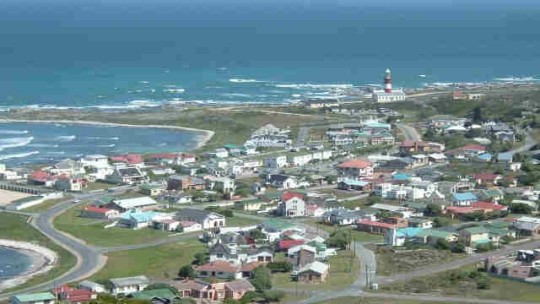
Cape Agulhas
Rosalie Gaunt is faced with another terrible setback in her search for her birth family. Her husband is there to console her. There are things, dark things, that she does not know about, though.

He Has Done So Much
Garreth Weasley, the most desirable bachelor in the village, shelters the widow Mrs. Prewett from torrential rains outside. He can hardly resist, after all, he has done so much.
One-Shots

The Coldest, Stormiest Day at the Scottish Highlands
Sebastian knows he has nothing to gain by keeping Rosalie with him against her will, but he does it anyways.

To Adore a Controlling Lover
Ominis feels the need to control and order his sexual activities. His wife just wants him to feel adored.
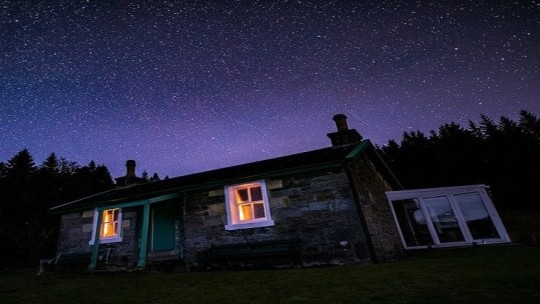
Private Time at Feldcroft
Sebastian and his girlfriend get some time alone in an alcove at Feldcroft. They put it to good use.

Gaunt Reproduction Habits
A well-placed insinuation of Anne’s awaken something on Ominis. His wife deals with it like a trooper.

Digging Through a Boy
Rosalie has an undue curiosity about Sebastian. Her findings are interesting, to say the least.

White Rose, Preserved Forever
Sebastian might have conquered death, but his wife has not, and will not undertake the same method. Alas, if there is one way, there can be another.

Protection by Fire, Excessively So
Sebastian is excessively protective of the last friend he has left, to the point it feels creepy.

Frustrated Escape
No matter how hard Rosalie tries, Sebastian always finds her. Perhaps it is better to just give up.
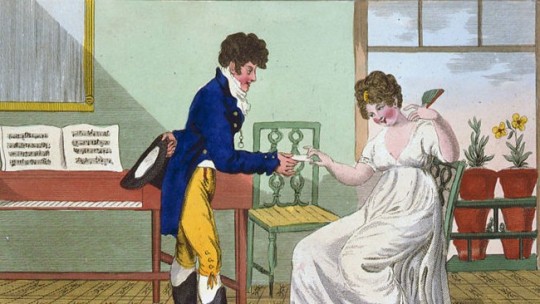
Courtship Concerns of Unfortunate Young Men
Ominis wants to tell Rosalie something, but he feels as if it is not his place to do so. She encourages him to do so anyways.

Hogsmeade Late-Spring Day
Leander and Rosalie are walking through Hogsmeade when she tells him a funny story. He fails to find the humour.

Accomplishments, and Their Meanings
Rosalie discovers what her sister meant when she said that her husband was accomplished.

A Dark Wizard's Dominant Hand
As they go to sleep, Rosalie wants for Sebastian to rest. With that in mind, she proposes a compromise. Things go out of hand quickly.
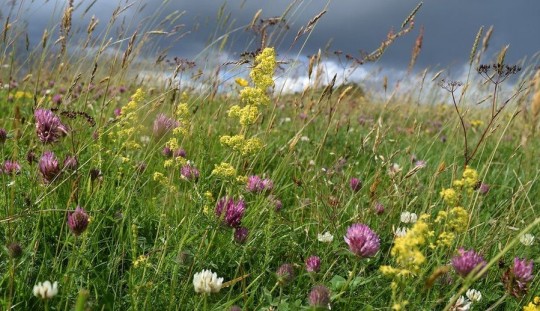
Over the Shadow of the Unforgivable, Trust
After everything, Rosalie still helps Sebastian out, but it does not mean she trusts him.

Off the Forest’s Beaten Path
Ominis and Rosalie are enjoying their last few days before Summer Break. Something hits them, and they start missing each other before their time is up.
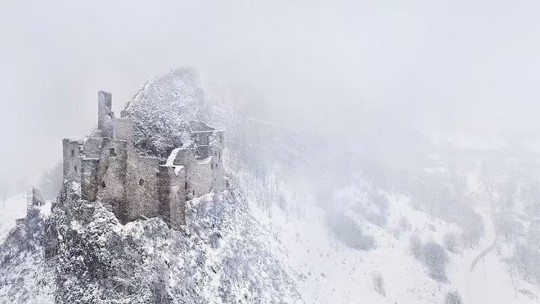
Cold Haunting of Rookwood Castle
Two children fall into a cave-in at Rookwood Castle. They struggle for survival in the biting cold, and against their own minds.

Choked Despair
In a strange and suffocating mix of despair, hatred and solitude, Ominis compensates it on his wife.

The Gods of Feldcroft
The people of Hogwarts Valley believe those who can see magic bring blessings. They may come tied in hidden strings, however.

Clumsy Adoration of a Budding Potioneer
Garreth wants to show Rosalie how much she means to him on a physical manner, but it seems that she has him beat on that regard, too.

Marionette with its Strings Cut (Out Tue., Mar. 5th, 07:00 PM SAST)
If he manages to cure that perfidious final ailment until then, very well, but if he does not… Well, there is more than one way to end his agony.
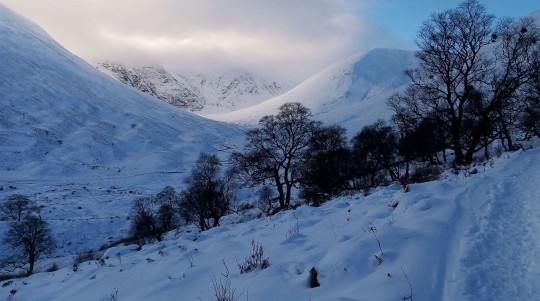
Winter Nights at the Undercroft (Out Mon., May 13th, 07:00 PM SAST)
Sebastian spends an evening with his girlfriend at the Undercroft. He is unwilling to let her go.
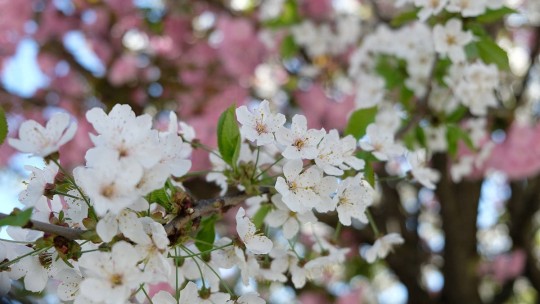
Cherry Blossom Morning (Out Mon., Jun. 17th, 07:00 PM SAST)
Rosalie wakes up after an important, and improper, first for an young woman. Her date is glad to have her at his home.

Dungeon Perfumist (Out Wed., Jul. 24th, 07:00 PM SAST)
Rosalie is brewing at the Potions classroom. What she and an unexpected visitor smell may lead to certain revelations.

Escape the Gaunt Household Alive (Out Mon., Nov. 25th, 07:00 PM SAST)
It is hard to shed away trauma, as Ominis can attest. Thankfully, he is not alone in dealing with the fallout of his terrible upbringing.

The Relic Demands a Sacrifice (Out Mon., Apr. 7th, 07:00 PM SAST)
Dark Magic has a price and the Relic demands a sacrifice. They all know that. Rosalie ponders the subject on her dreams.
Short Fics
Please do not go
A Few Doses of Firewhiskey Too Many
Fetch a Sleepless Man
56 notes
·
View notes
Text
CAPE TOWN, South Africa (AP) — An aquarium in South Africa is stretched beyond capacity after more than 500 baby sea turtles were washed up on beaches by a rare and powerful storm and rescued by members of the public.
The little turtles are mostly endangered loggerheads and should be cruising the ocean. Most of them instead will spend the first few months of their lives in newly built plastic tanks at the Turtle Conservation Center at the Two Oceans Aquarium in Cape Town. The aquarium is rehabilitating around 400 of the roughly 530 sick and injured turtles that were brought in, while sending the rest to two other aquariums to spread the load.
Baby turtles have to fend for themselves from the moment they hatch on beaches and make their way to the ocean.
In South Africa, loggerheads hatch on the northeast coast on the far side of the country from Cape Town. These turtles were likely sucked in by the warm Indian Ocean Agulhas Current, carried around the tip of South Africa and spat out in the cold waters of the Atlantic Ocean near Cape Town.
That's fairly common, said Talitha Noble-Trull, the head of the Turtle Conservation Center. She's in charge of treating the new arrivals.
What isn't normal is the powerful storm that recently hit the Cape Town area, leaving hundreds of baby turtles needing help.
The conservation center usually receives a few to maybe 100 stranded young turtles in the three to four months after hatching season. It has a normal capacity of 150 turtles.
“What we haven’t seen before is over 500 turtles in two weeks, which is what the last little bit of time has brought us,” Noble-Trull said. “My budgeting plans for the year have really gone out the window.”
She estimated that each turtle will cost $500 to get back to full strength before being released into the warmer Indian Ocean in a few months. The Turtle Conservation Center has brought in a small army of volunteers to help the aquarium's full-time staff care for them.
The turtles are ranked according to how sick they are, with some needing intensive care due to injuries, malnutrition or infection. A number is written on each shell to identify them.
While the storm was a major shock to the turtles, who are vulnerable to extreme weather and climate change, it has given Noble-Trull and other conservationists a valuable insight into another increasingly common danger.
Many of the turtles had ingested small pieces of plastic, which exited their systems after they arrived at the aquarium. Noble-Trull has a tray of plastic pieces collected in just one day, some as big as a fingernail.
The conservation team normally wouldn't see that amount of evidence of plastic pollution in the ocean.
Turtles spend almost all their lives in the ocean, apart from when they're born and when females return to shore to lay eggs. Because of that, they're “ocean indicators,” Noble-Trull said.
“Little bits of soft plastic, little bits of hard plastic are floating all along the oceans and turtles are eating them. So, for us it’s very important to be collecting and capturing this data. Because these turtles are coming at us with a message. They’re not telling us. They’re shouting it at us. That our oceans are not a safe place for turtles.”
6 notes
·
View notes
Text
Saturday 13th April 2024
Another beautiful day so on good advice we made our way to the old harbour in time to see the fishing fleet return at 10.00am. Apparently when the boats arrive, 6 resident stingrays also appear. Huge they are: as tall as a man. Sadly there was no sign of either, so we followed the second bit of advice from our landlady and walked along firstly the boardwalk and then the beach for as far as our Start-Rite shoes would take us. The sun shone and the pastel colours of the beach and the sea were stunning. What a fantastic part of the world this is! An angling club was having a bit of a competition; rods and lines were everywhere. It seemed that most members were policemen so hopefully there was no crime in these parts today. Occasionally a cry went up and officials had to verify a catch. We witnessed a sand shark being landed. Wasn't huge, but apparently it counted. After a flap or two on the sand it was ceremoniously returned to its watery home. Also in abundance on the beach were an invasion of Portuguese Men of War left high and dry, marooned for all time by the receding tide. I might mention also the snake, but identification was difficult.
We checked again on return to the harbour for the presence of stingrays but once again we felt let down by their absence. I'm told the fishing fleet may not have gone out due to the turbulence at sea, therefore stingrays remained buried in the sand, as they do.
After luncheon, following yet further instructions from the landlady, we again put the VW through its paces with specific attention this time to suspension on unmade-up roads, and then in full Virginia Woolf fashion, 'To the Lighthouse'. We clambered up all 71 steps within it to view the light and walk the balcony, perhaps despite the concern of the girl in the ticket office who seemed to have doubts we might make it up and down safely. We could see she was much relieved when after 20 minutes or so her charges returned none the worse for wear despite the inclination of all the steps and ladders required to negotiate. Installed 1st March 1849, 31m high, at a cost of £15,871 with a 400W bulb that flashes every 5 secs, the lighthouse has a range of 31 nautical miles. It was esigned by Col.C Mitchell, Surveyor General of the Cape Colony in a style of the Pharos of Alexandria in Egypt. Well with a design of that provenance it should have fixed the problem for good, however on 16th November 1982 in a terrible storm, a 45m Japanese trawler, Meisho Maru No 38 hit rocks close to the lighthouse so hard it broke up and is still there. Well, I guess there's always one isn't there? All of this is bang on the Southern most point in Africa, named Ponts de Sao Brandao by Bartholomew Dias the well known Portuguese Mariner when he happened to pass by on 16th May 1488, and marks the official position where the Indian Ocean meets the Atlantic. Both sides look the same to me but I'm sure the fish know the difference. That name didn't stick too long because it was renamed in 1502, Capo Das Agulhas meaning 'Needles' after the sharp looking rocks nearby. Now since 1972 just called Cape Agulhas for short. The exact location has been a bit of a discussion issue since 1836, so recently the International Hydrographical Organisation waded in and said that's it, not discussing this any more it's slap bang on the longitudinal line 20°E. End of.... Oh ok then....
Talking of fish, we then went to the Trattoria for a superb lemon sole fish supper. Well, I had that but Martine thought some form of pasta would be preferable. Very nice it was too. We had a bottle of SB on ice back at the motor pool to wash it down with. Great day. Tomorrow we move further along the Garden Route coast.
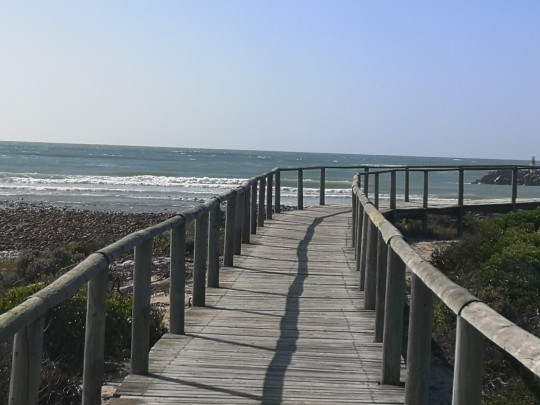
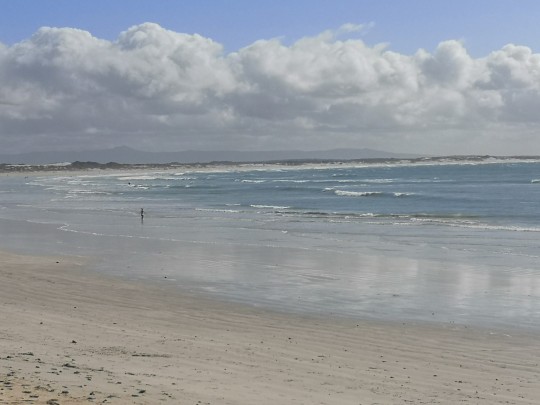

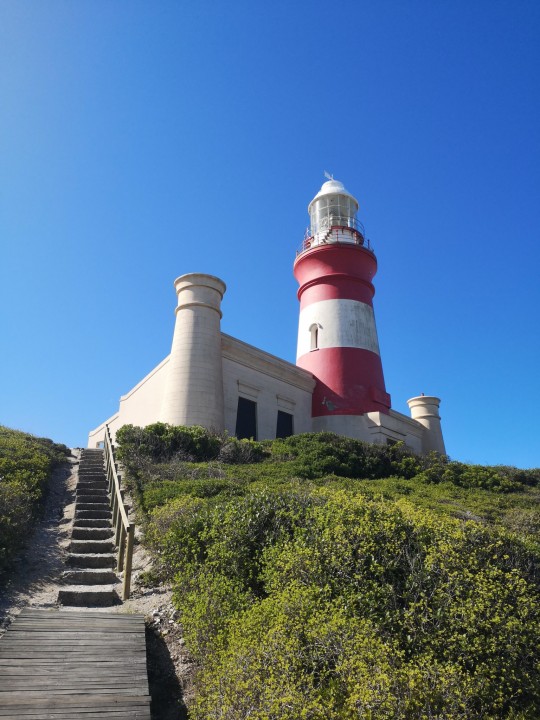
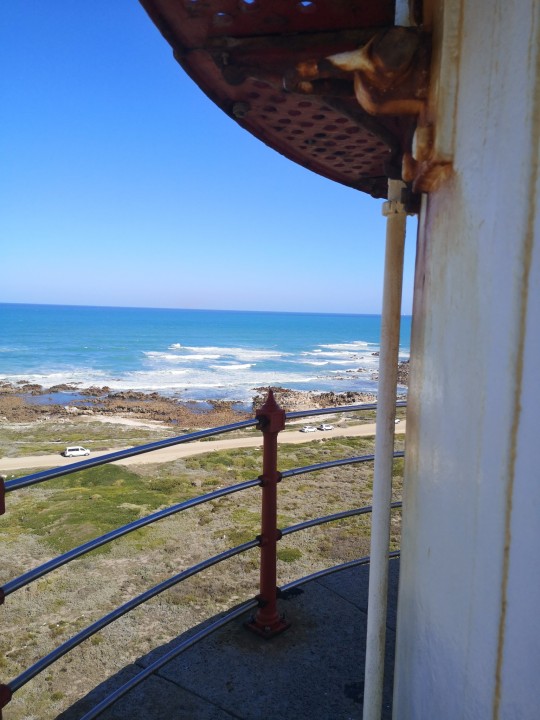
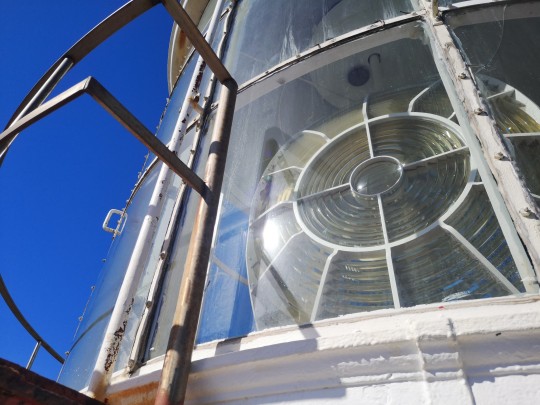

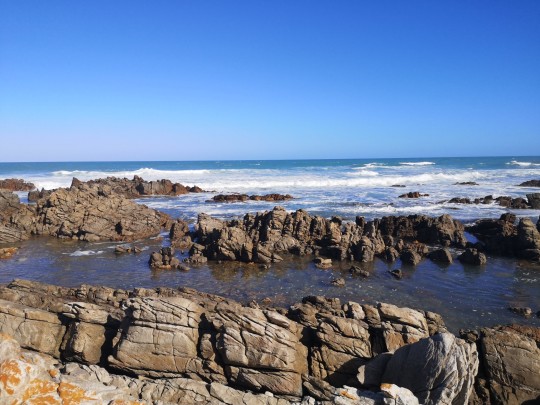

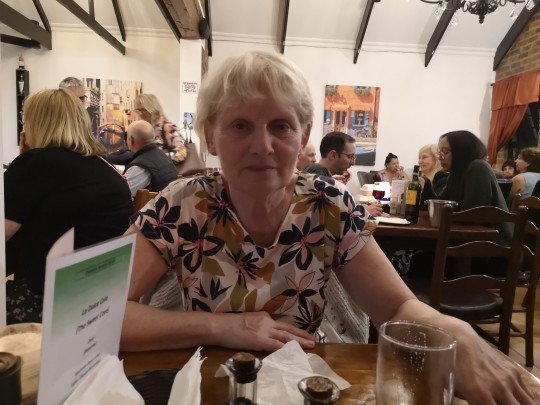
4 notes
·
View notes
Text
At the fringes of Agulhas National Park in South Africa

View On WordPress
0 notes
Photo

The Northern Suburbs of Cape Town is surrounded by Wineries, Vineyards and fantastic wine cellars. Make Le Petit Chateau Guesthouse your focal point, and visit Cape Town North's wineries. Contact Details: 14 Agulhas Crescent, Nerina, Durbanville, Western Cape, South Africa Call: +27 21 976 0128 Email: [email protected] #accommodation #lepetitchateau #guesthouse #conferencevenue #durbanville #capetown #southafrica #northernsuburbs #onsiteparking #7bedrooms #central #wine #durbanvillewineroute https://www.instagram.com/p/CpmzeHRqTqt/?igshid=NGJjMDIxMWI=
#accommodation#lepetitchateau#guesthouse#conferencevenue#durbanville#capetown#southafrica#northernsuburbs#onsiteparking#7bedrooms#central#wine#durbanvillewineroute
3 notes
·
View notes
Text
At the southern tip of the African continent where the Atlantic, Indian and Southern Oceans converge, is the Agulhas Current which forms giant whirlpools several hundred kilometers in diameter. This current is feared by skippers mainly for the sea conditions which can be kicked up.
The Agulhas Current runs along the East African coast descending after Madagascar and running along the Mozambique Channel. And just before the Cape of Good Hope, it diverges from the coast and then makes a 180-degree turn, a big reversal off the tip of the African continent. At this point, it generates whirlpools with very strong currents (up to 2.5 knots). These are the rings of the Agulhas Current, well known to sailors.
The Vendée Globe sailors pass far from the Cape of Good Hope, much further south where they catch the edge of the reversal of the Agulhas Current to be helped on their way eastwards.
But it is an important current in terms of biodiversity. The water is marked by horizontal movements on the surface but also by vertical movements that promote life below the surface. Indeed, whirlpools bring nutrients, present in deep and opaque waters, to the surface where light promotes the growth of plankton, the first link in the trophic (food) chain. In addition, whirlpools also carry floating waste.
1 note
·
View note
Text

Residential area - near Cape Agulhas, 2023
#picofthenight#travel#south africa#original photographers#photographers on tumblr#streetphoto color#urban landscape#urban photography#urban aesthetic#photoofthenight#buildings
9 notes
·
View notes
Text
Events 5.30 (before 1930)
70 – Siege of Jerusalem: Titus and his Roman legions breach the Second Wall of Jerusalem. Jewish defenders retreat to the First Wall. The Romans build a circumvallation, cutting down all trees within fifteen kilometres (9.3 mi). 1381 – Beginning of the Peasants' Revolt in England. 1416 – The Council of Constance, called by Emperor Sigismund, a supporter of Antipope John XXIII, burns Jerome of Prague following a trial for heresy. 1431 – Hundred Years' War: In Rouen, France, the 19-year-old Joan of Arc is burned at the stake by an English-dominated tribunal. 1434 – Hussite Wars: Battle of Lipany: Effectively ending the war, Utraquist forces led by Diviš Bořek of Miletínek defeat and almost annihilate Taborite forces led by Prokop the Great. 1510 – During the reign of the Zhengde Emperor, Ming dynasty rebel leader Zhu Zhifan is defeated by commander Qiu Yue, ending the Prince of Anhua rebellion. 1536 – King Henry VIII of England marries Jane Seymour, a lady-in-waiting to his first two wives. 1539 – In Florida, Hernando de Soto lands at Tampa Bay with 600 soldiers with the goal of finding gold. 1574 – Henry III becomes King of France. 1588 – The last ship of the Spanish Armada sets sail from Lisbon heading for the English Channel. 1631 – Publication of Gazette de France, the first French newspaper. 1635 – Thirty Years' War: The Peace of Prague is signed. 1642 – From this date all honors granted by Charles I of England are retroactively annulled by Parliament. 1723 – Johann Sebastian Bach assumed the office of Thomaskantor in Leipzig, presenting his first new cantata, Die Elenden sollen essen, BWV 75, in the St. Nicholas Church on the first Sunday after Trinity. 1806 – Future U.S. President Andrew Jackson kills Charles Dickinson in a duel. 1814 – The First Treaty of Paris is signed, returning the French frontiers to their 1792 extent, and restoring the House of Bourbon to power. 1815 – The East Indiaman Arniston is wrecked during a storm at Waenhuiskrans, near Cape Agulhas, in present-day South Africa, with the loss of 372 lives. 1834 – Minister of Justice Joaquim António de Aguiar issues a law seizing "all convents, monasteries, colleges, hospices and any other houses" from the Catholic religious orders in Portugal, earning him the nickname of "The Friar-Killer". 1842 – John Francis attempts to murder Queen Victoria as she drives down Constitution Hill in London with Prince Albert. 1845 – The Fatel Razack coming from India, lands in the Gulf of Paria in Trinidad and Tobago carrying the first Indians to the country. 1854 – The Kansas–Nebraska Act becomes law establishing the U.S. territories of Kansas and Nebraska. 1866 – Bedrich Smetana's comic opera The Bartered Bride premiered in Prague. 1868 – Decoration Day (the predecessor of the modern "Memorial Day") is observed in the United States for the first time after a proclamation by John A. Logan, head of the Grand Army of the Republic (a veterans group). 1876 – Ottoman sultan Abdülaziz is deposed and succeeded by his nephew Murad V. 1876 – The secret decree of Ems Ukaz, issued by Russian Tsar Alexander II in the German city of Bad Ems, was aimed at stopping the printing and distribution of Ukrainian-language publications in the Russian Empire. 1883 – In New York City, a stampede on the recently opened Brooklyn Bridge killed twelve people. 1899 – Pearl Hart, a female outlaw of the Old West, robs a stage coach 30 miles southeast of Globe, Arizona. 1911 – At the Indianapolis Motor Speedway, the first Indianapolis 500 ends with Ray Harroun in his Marmon Wasp becoming the first winner of the 500-mile auto race. 1913 – The Treaty of London is signed, ending the First Balkan War; Albania becomes an independent nation. 1914 – The new, and then the largest, Cunard ocean liner RMS Aquitania, 45,647 tons, sets sails on her maiden voyage from Liverpool, England, to New York City. 1922 – The Lincoln Memorial is dedicated in Washington, D.C.. 1925 – May Thirtieth Movement: Shanghai Municipal Police Force shoot and kill 13 protesting workers.
0 notes